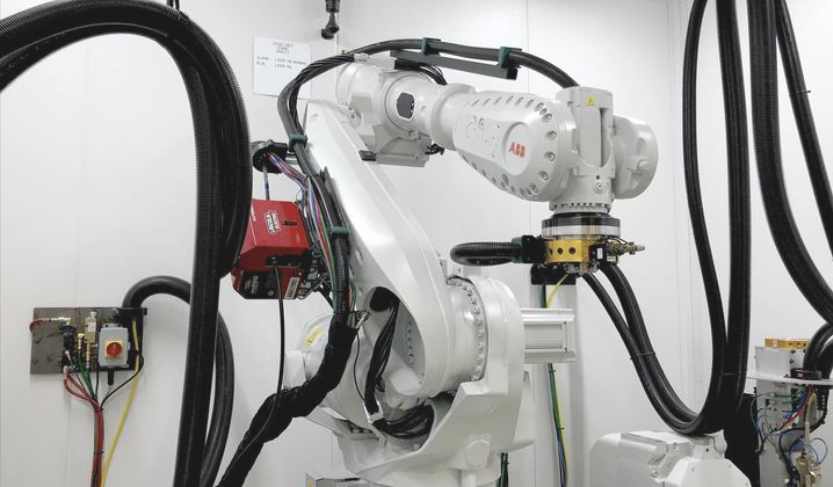“When you can trust a robotic system to make a quality part, that opens the door to who can build usable parts and where you build them,” said Zach Loftus, a Lockheed Martin fellow for additive manufacturing. “Think about sustainment and how a maintainer can print a replacement part at sea, or a mechanic print a replacement part for a truck deep in the desert. This takes 3-D printing to the next, big step of deployment.”
The contract comes after an investment Lockheed Martin made in June in nTopology, which creates additive manufacturing design and optimization software. Lockheed Martin has been involved in 3D printing for a long time, but its activities this year show that the company is serious about continuing to invest in the technology well into the future. This is good news for Lockheed’s many clients, who will benefit from 3D printing technology’s ability to create complex parts in less time and with less cost.
The Office of Naval Research contract isn’t the only one awarded to Lockheed Martin in the past week. The company was also given a $632 million contract to produce Hellfire II missiles for the Netherlands and Japan. The US Army’s Hellfire missile replacement, the joint air-to-ground missile, or JAGM, was cleared for low-rate initial production in June. They will fire from a broad range of platforms including rotary and fixed-wing aircraft as well as ground vehicles, boats and unmanned aircraft.
These missiles will be produced at Lockheed Martin’s facilities in Orlando, Florida, with the work estimated to be completed in 2021.
Discuss this and other 3D printing topics at 3DPrintBoard.com or share your thoughts below.
